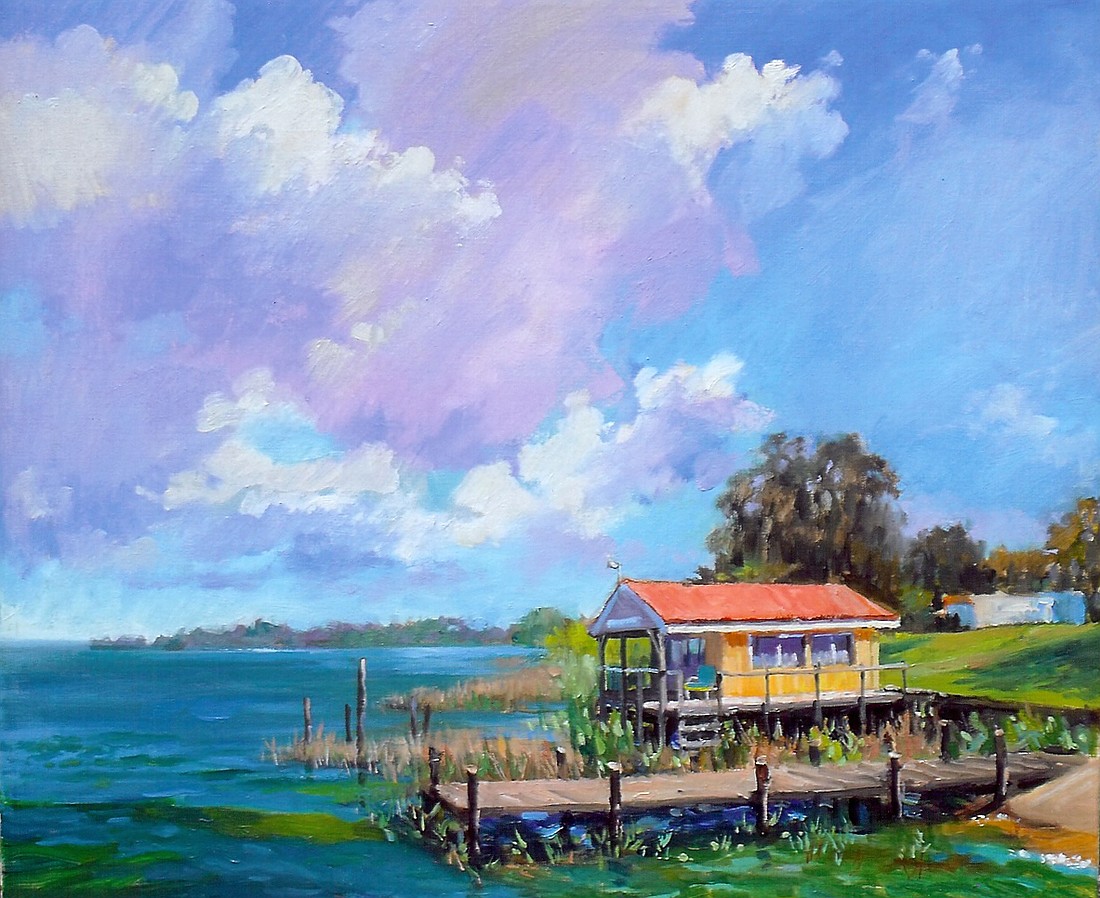- March 26, 2025
-
-
Loading

Loading

A yearlong collaborative project is making its artistic debut at an opening reception that kicks off a three-month public display before traveling around the state.
“The Lake: A Documentary” premiere event is from 5 to 8 p.m. Thursday, Jan. 25, at the Winter Garden Heritage Foundation’s Heller Hall, 21 E. Plant St., Winter Garden.
The project comprises 10 plein-air painters and 14 photographers who, through their media, explore the land and people of Lake Apopka.
Peter Schreyer, executive director of Crealdé School of Art in Winter Park and an award-winning photographer, orchestrated the project. He will speak at the reception.
The artwork centers on decades of life around Lake Apopka and focuses on all aspects of the lake, from the farm workers and crop dusting to the lake’s pollution and resurrection.
The exhibit is the result of a partnership between Crealdé, the WGHF, the city of Winter Garden and the Winter Garden Library.
“It was a pleasure to meet and talk with photographers and artists for their interpretation of what is around the lake,” Jim Crescitelli, program director for the WGHF, said. “It was a good way to get someone else’s impression through art.”
He and former director Kay Cappleman wrote the history for each art piece.
It is on display through April 25 at Winter Garden City Hall through its Art in Public Places program, 300 W. Plant St.; Winter Garden Library, 805 E. Plant St.; and the heritage center.
In April, the artwork will become part of a statewide traveling exhibit.
Peter Schreyer, executive director of Crealdé School of Art, is proud of this project, which received grant support. He is presently contacting galleries around the state to inquire about hosting the temporary exhibit.
“We’re so really thrilled that it’s coming to Winter Garden because the project is about Winter Garden and the communities around the lake,” Schreyer said.
“The reason for this project was to really document those communities and the land and the people around the lake at what I feel is a pivotal time,” he said. “There are so many changes happening in the communities around the lake; so much growth and development. The farms are gone, expressways are being built, developments are coming in. The communities that have been there for decades are rapidly disappearing. A lot of the old stuff won’t be there for long.”
On the other hand, he said, the lake is becoming nationally known for birds and cycling.
“It’s a reflection of the old and what is being done now and what is in the future,” Schreyer said. “It’s the full spectrum from around the lake. … We were trying to include aspects about the communities that cherish the small-town lifestyle, which I don’t know if that’s going to last: moms waiting for the school bus, a barber shop.”
This is Crealdé’s first project that incorporates painting and oral history. All of the 10 painters produced one piece of art each reflecting their view of the lake.
“It’s a really nice process and has portraits of young and old and families,” he said.
A total of 45 black-and-white photographs taken by Crealdé students further tell the lake’s story. Digital and film cameras were used.
The art school reached out to organizations for input, including the Farmworker Association of Florida, the St. Johns River Water Management District and Friends of Lake Apopka.
“We got as many people as possible telling the story, good and bad,” Schreyer said.
He was first drawn to the area through involvement with the farmworker community in the early 1990s as a documentary photographer, capturing the transition of the area from a rural character to a more suburban and industrial landscape.
Working with young students from the farmworker community, he documented the last season of muck farming on Lake Apopka in “The Last Harvest: A Tribute to the Life and Work of the Lake Apopka Farmworkers,” a photography and oral history project produced in 1998 that continues to travel the state.